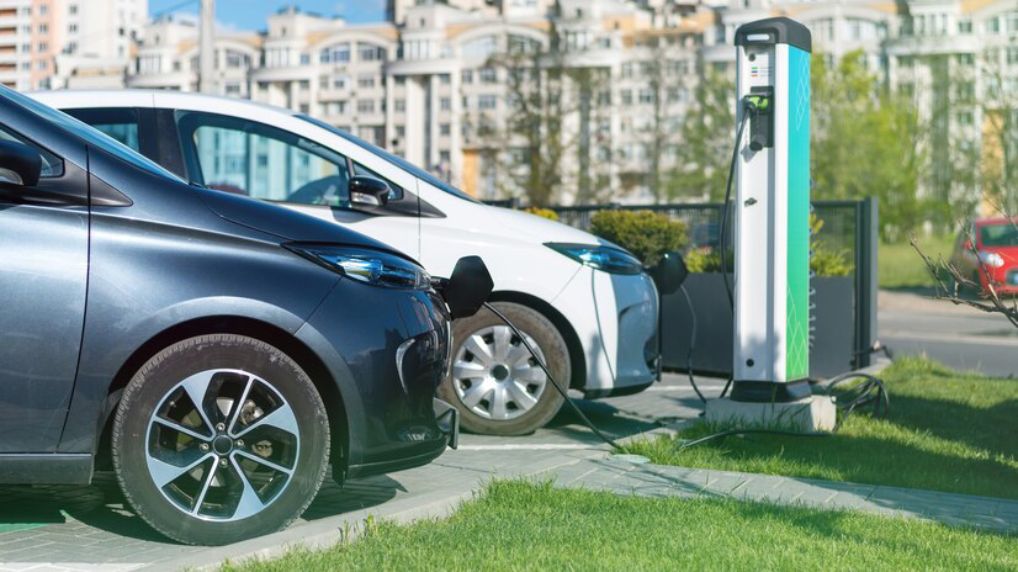The roar of gas engines might be deeply ingrained in our image of transportation, but a quiet revolution is underway. Electric vehicles (EVs) are surging onto the scene, promising a transformative impact on our lives, our environment, and even the global economy. But what exactly makes them so significant? Diving deeper, we discover a multifaceted picture, painted with benefits and challenges, that defines the rise of EVs.
Environmental Champion: Perhaps the most significant aspect of EVs lies in their potential to combat climate change. Transportation accounts for a substantial portion of greenhouse gas emissions, largely driven by fossil fuel-powered vehicles. EVs, however, produce zero tailpipe emissions, offering a crucial pathway towards a cleaner future. By shifting to electricity, we can tap into renewable energy sources like solar and wind, further reducing our carbon footprint. This can contribute significantly to achieving global climate goals and mitigating the devastating effects of rising temperatures.
Economic Engine: The EV revolution is not just about green ideals; it’s also an economic catalyst. The industry is creating new jobs in battery production, charging infrastructure development, and vehicle manufacturing. Countries investing heavily in EV technology are positioning themselves as leaders in this burgeoning market, attracting investments and fostering innovation. Additionally, the shift towards EVs can reduce dependence on imported oil, enhancing energy security and potentially lowering fuel costs for consumers in the long run.
Technological Leap: EVs are a testament to technological progress, pushing the boundaries of innovation in areas like battery technology, motor design, and energy efficiency. Each new generation of EVs boasts longer ranges, faster charging times, and improved performance, making them increasingly attractive alternatives to conventional vehicles. The development of autonomous driving technology is further intertwined with EVs, paving the way for safer and more efficient transportation systems.
Shifting Gears for Consumers: From a consumer perspective, EVs offer several enticing advantages. Their quiet operation provides a more peaceful driving experience, especially in urban areas. Maintenance costs are typically lower due to the simpler electric drivetrain and fewer moving parts. Additionally, government incentives and tax breaks can make EVs more affordable, while lower operating costs due to electricity prices provide long-term savings. However, challenges remain regarding charging infrastructure availability, range anxiety, and upfront purchase costs.
Navigating the Road Ahead: Despite their significance, EVs face hurdles on the road to widespread adoption. Range anxiety, the concern about running out of charge before reaching a destination, remains a key barrier for some consumers. Expanding and standardizing charging infrastructure across regions is crucial to address this concern. Additionally, the higher upfront cost of EVs compared to gasoline-powered vehicles can be a deterrent, although this gap is narrowing as battery technology advances and economies of scale kick in.
Collaboration for a Sustainable Future: Overcoming these challenges requires a collaborative effort from various stakeholders. Governments need to continue investing in infrastructure development, research and development, and offering incentives to stimulate demand. Automakers must focus on improving battery range, affordability, and charging speeds. The energy sector needs to ensure a clean and efficient electricity grid to power this transition. Finally, consumers play a crucial role by embracing new technologies and making informed choices that contribute to a more sustainable future.
Electrifying the Future: In conclusion, the significance of electric vehicles is multifaceted. They offer a pathway towards a cleaner environment, contribute to economic growth, drive technological innovation, and enhance the consumer experience. While challenges remain, the potential benefits are undeniable. By working together, we can navigate these hurdles and pave the way for a future where electric vehicles become the norm, transforming our transportation landscape and driving us towards a more sustainable world.

